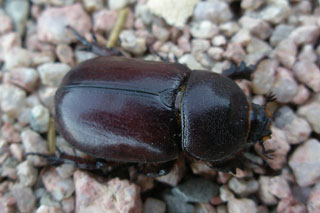|
The insects form the largest and most successful group of creatures on earth. Of the more than ten million creatures known to exist they outnumber all other groups by at least four to one. Most are as yet unrecorded and numerous species have become extinct before they have been found or studied.
Insects are found in a vast variety
of sizes and forms from the huge Birdwing butterflies
which can grow to 28cm, to the tiniest wasps of 0.2mm.
The variety of forms is no less spectacular. There are
insects without which human life would be unsustainable;
for example, the honey bees, which play a major role
in the pollination of food plants. At the other end
of the scale there are insects such as the malaria-carrying
mosquito, Anopheles sp., and the yellow fever
transmitter, Aedes aegypti, without which people
would be considerably better off. Insects can be both
pests of plants and animals and can add to the beauty
of the world. Who would want to live in a world without
butterflies for example?
|
 |
|
Scarab
Beetle, Scarabaeus sp. |
|
| The female beetle cuts balls of dung out of dung piles, lays her eggs in them, and rolls them to burying sites; the new beetles emerge from the dung balls. Ancient Egyptians regarded Khepri, the god of the sunrise, as a scarab because of this habit, which reminded them of the solar disk renewing itself and returning each morning. |
|
|
|
|